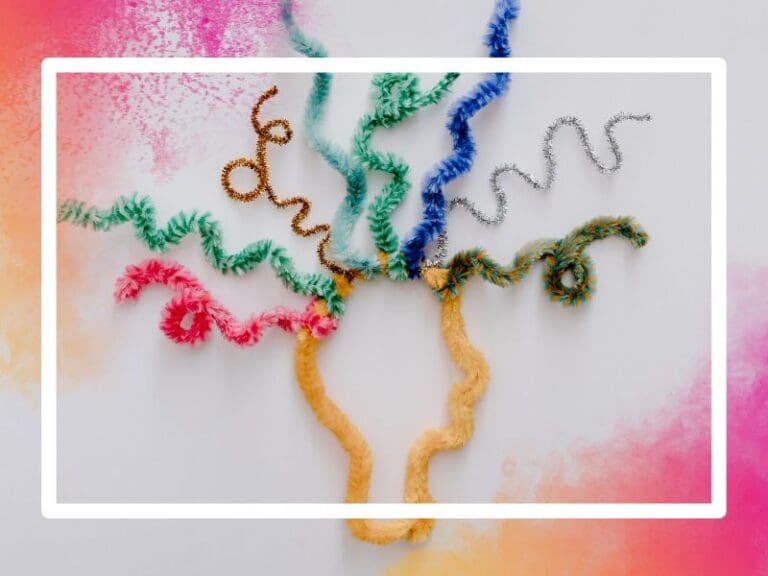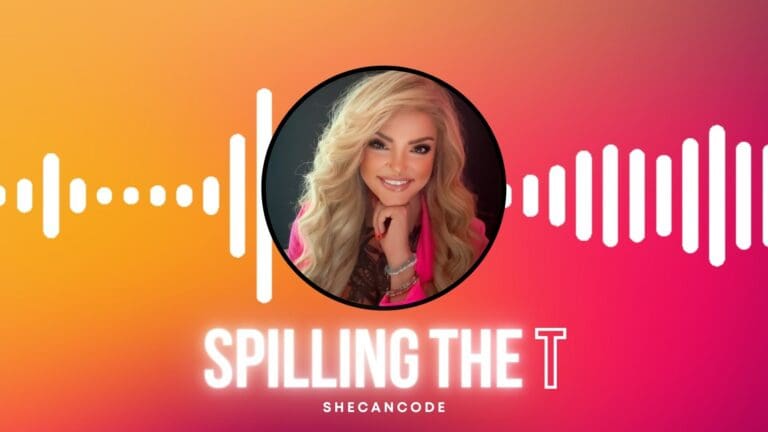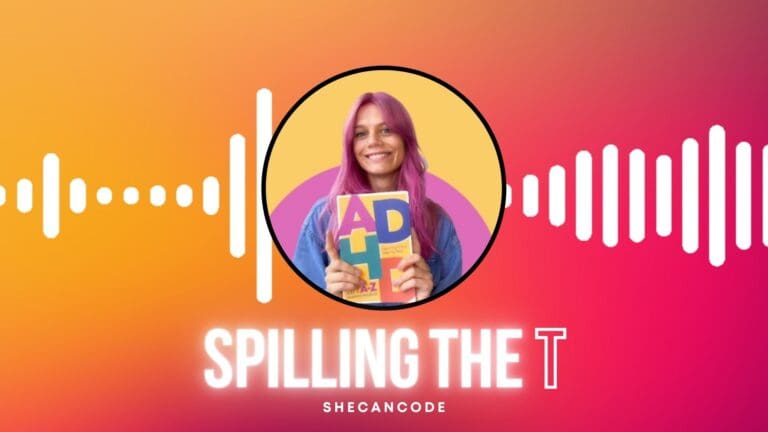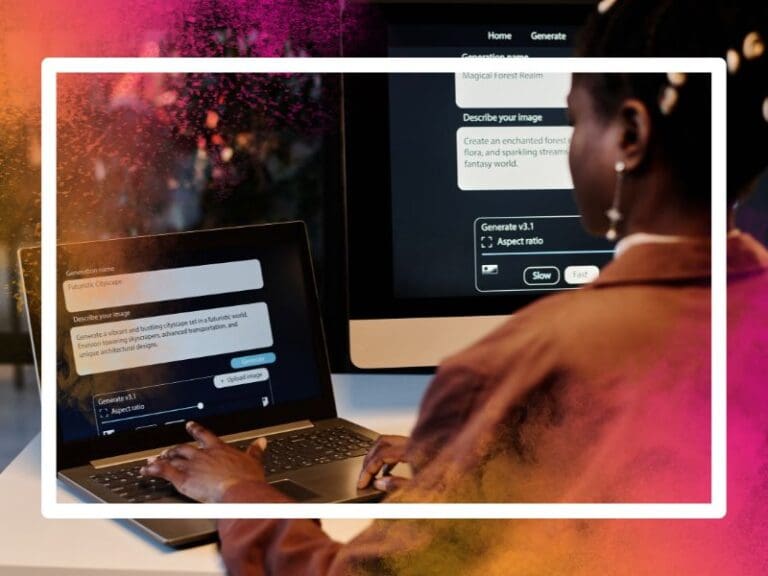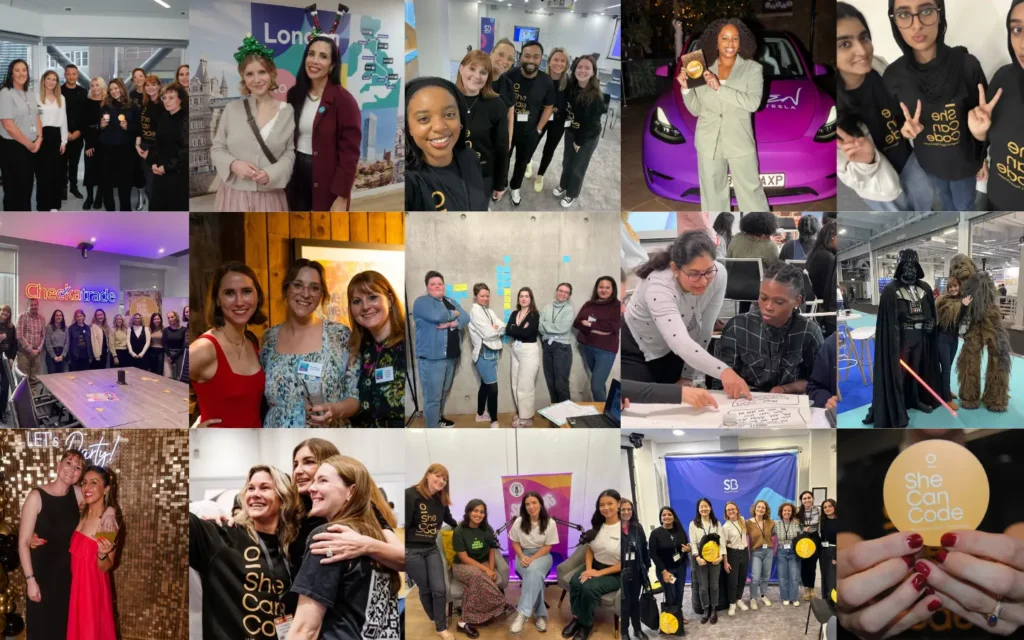Leanne Maskell is National Specialist Coach of the Year, the founder of ADHD coaching company, ADHD Works, and best-selling author of AuDHD: Blooming Differently and ADHD Works at Work
 It should come as no surprise that the technology industry is brimming with neurodivergence.
It should come as no surprise that the technology industry is brimming with neurodivergence.
Coders, after all, are literally communicating in their own language – it’s only natural that they think differently, too.
However, somewhat frustratingly for solutions-focused brains, there is no ‘one size fits all’. Creating a culture is very different to writing code: the formulas are endless, and the variables are human beings. This challenge is compounded by outdated information still relied upon today, such as outdated diagnostic criteria based on studies of young boys.
If you’ve met one neurodivergent person, you’ve met one neurodivergent person. Each of us is shaped by our own unique experiences and wiring. Even within neurodivergent subcultures, norms and expectations are influenced by the groups most widely represented. In tech, for example, women make up only around 35% of the workforce, and are far less likely than men to know they are neurodivergent.
This makes cultivating inclusive environments particularly complex when organisations focus solely on “conditions” as frameworks. Take autism and ADHD (‘AuDHD’) as an example: until 2013, the two couldn’t even be diagnosed in the same person, despite a 50–70% co-occurrence rate.
The contradictions and overlaps of these seemingly opposing conditions can be difficult enough for individuals to navigate – let alone employers. But recognising this complexity offers an opportunity for organisations to move beyond checkboxes and cultivate genuine inclusion, where labels aren’t always necessary for support.
The alternative is far more costly: burnout and sick days, the loss of highly talented employees, or even litigation brought by individuals who know their rights. Autism and ADHD may be legally recognised as disabilities, but compliance with the law should be the floor – not the ceiling.
The AuDHD Paradox
For those with both autism and ADHD, the ‘push-and-pull’ of their brain states illustrates why a one-size-fits-all approach fails:
- Communication: Autism craves structure, ADHD thrives on spontaneity – making it difficult to identify and express needs clearly.
- Executive functioning: ADHD can drive people by novelty and adrenaline, often missing details; autism tends toward meticulous focus on them.
- Energy: ADHD seeks stimulation, autism seeks calm. The conflict often leads to sensory overload.
- Processing: ADHD may generate ideas rapidly, while autism pushes toward implementation. Without support, individuals can struggle to reach their potential.
Living with a brain at odds with itself isn’t just a personal challenge – it’s also an opportunity. It encourages entire teams to strengthen ‘soft’ skills like communication, compromise, compassion, and adaptability.
Practical steps to foster an AuDHD-friendly culture
Here are five ways organisations can create a culture that supports AuDHD professionals – and benefits everyone:
- Train AuDHD Coaches
Equip employees with coaching skills specific to navigating AuDHD so they can share them across the organisation – regardless of ‘condition’. We’ve seen this work in practice with trained coaches at Google and Yahoo, creating ripple effects where foundational skills adapt seamlessly to industry-specific contexts. - Facilitate Conversations
With 1 in 7 people being neurodivergent, it’s likely your organisation is already affected – even if few employees have disclosed. Awareness events and lived experience ‘storytelling’ sessions allow staff to share experiences and highlight systemic issues that need attention. - Back up with Policies
Awareness without action falls flat. Accessible, jargon-free policies, particularly around reasonable adjustments and the law, give clarity, create psychological safety, and ensure everyone shares the same expectations. - Adopt a neuroaffirmative lens
We are all neurodiverse, because we all think differently. Framing inclusion in this way removes stigma, ensures broader collaboration, and avoids limiting the conversation to only those with a formal diagnosis. - Think beyond the individual
Neurodivergence doesn’t only affect employees themselves. Parents and carers of neurodivergent children, for example, often need understanding and flexibility from employers. By widening the lens, organisations can foster compassion and resilience across the board.
Shifting the culture
Ultimately, creating an AuDHD-friendly culture means adapting to include everyone in these conversations. Needs can and do conflict, but compromise is the foundation of healthy organisations. A workplace where employees feel safe to ask for – and receive – support is stronger, not weaker.
Instead of siloing responsibility into resource groups, imagine the possibilities of a culture where inclusion is woven into the fabric of everyday work – where people don’t fear ‘opening the floodgates,’ but welcome the flow of collaboration, ideas, and perspectives.
Inclusion isn’t just a moral imperative; it’s a strategic advantage. Technology is a mirror of society, which is made up of countless ways of thinking and being. To keep pace with an ever-changing world, tech needs people who think differently – and fast.
Cultivating an AuDHD-friendly culture isn’t about ticking a box. It’s about unlocking the full potential of every mind in the room.


